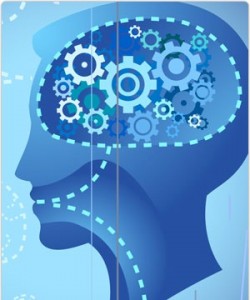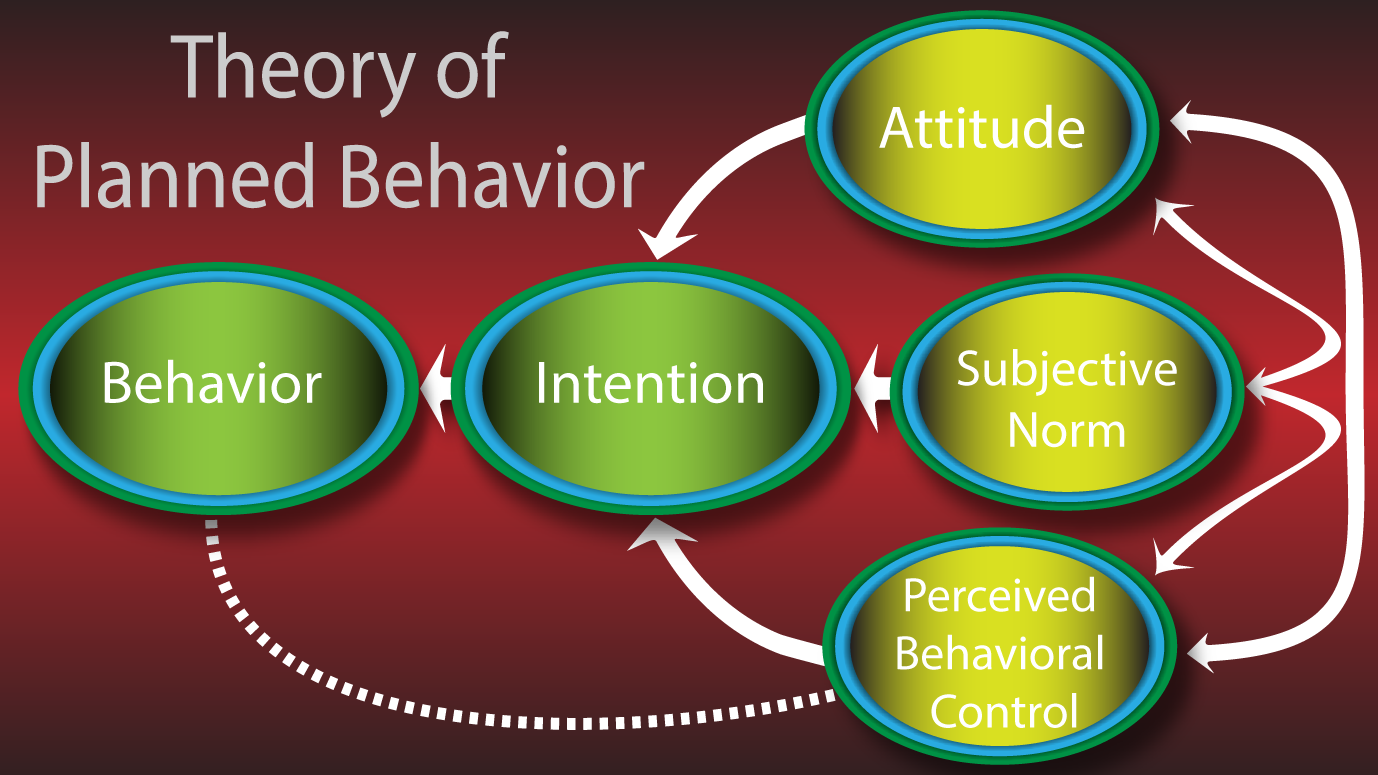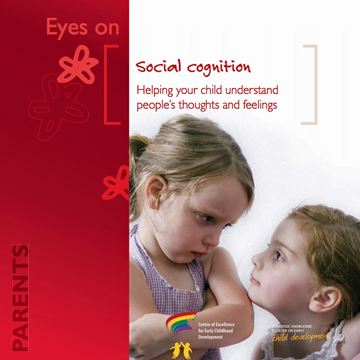Social cognition is the study of how people process, store, and apply information about other people and social situations. It encompasses a wide range of mental processes, including perception, attention, memory, and decision-making, and is an important aspect of social psychology.
One example of social cognition is the process of forming first impressions. When we meet someone new, we quickly make judgments about their personality, intelligence, and likability based on their appearance, body language, and verbal communication. These judgments are often made unconsciously and are influenced by our own personal biases and stereotypes.
Another example of social cognition is the way we interpret and respond to nonverbal cues, such as facial expressions, gestures, and tone of voice. These cues can convey a wide range of emotions and intentions, and our ability to accurately interpret them is essential for effective communication and social interaction.
Social cognition is also involved in the way we process and remember information about other people. For example, when we interact with someone, we tend to remember information about them that is consistent with our initial impressions, while dismissing or forgetting information that is inconsistent. This is known as the "confirmation bias," and it can influence our perception of others and our relationships with them.
Finally, social cognition plays a role in how we make decisions in social situations. When faced with a choice, we often consider how our actions will be perceived by others and how they will affect our relationships. For example, we may be more likely to help a friend in need if we think it will strengthen our relationship, but less likely to do so if we think it will be perceived as weak or overly dependent.
Overall, social cognition is a complex and multifaceted process that plays a central role in our social lives. Understanding how it works can help us better navigate and understand social situations, and improve our relationships with others.







